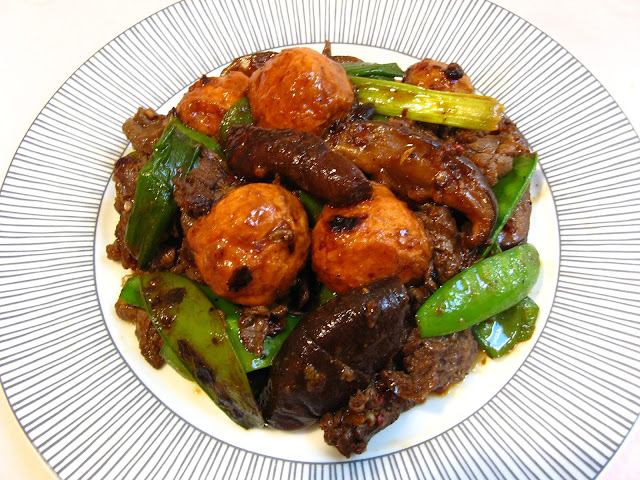Happy
New Year! For the first dish of the New Year, here’s a lobster noodle dish
seasoned with basil and cilantro. The normal lobster dish found in restaurants
is usually made with a fresh whole lobster (shell included) and you have to
remove the meat from the shell in order to eat the dish. The dish is visually stunning
with the bright red lobster shell, but a messy pain to eat (at least in my
opinion). I would rather not have the visually stunning presentation and use cooked
(not fresh) lobster meat removed from the shell. I use kitchen shears to remove
the meat from the lobster shells, especially the small legs that contain that
hard to get at lobster meat. If a whole lobster is too much of a challenge, you
can substitute cooked lobster tails. For this dish, I used basil and cilantro for
added flavor in this dish. The traditional lobster noodle recipe just uses lobster,
so this variation adds a nice fresh herbal note to the dish.
Enjoy!




